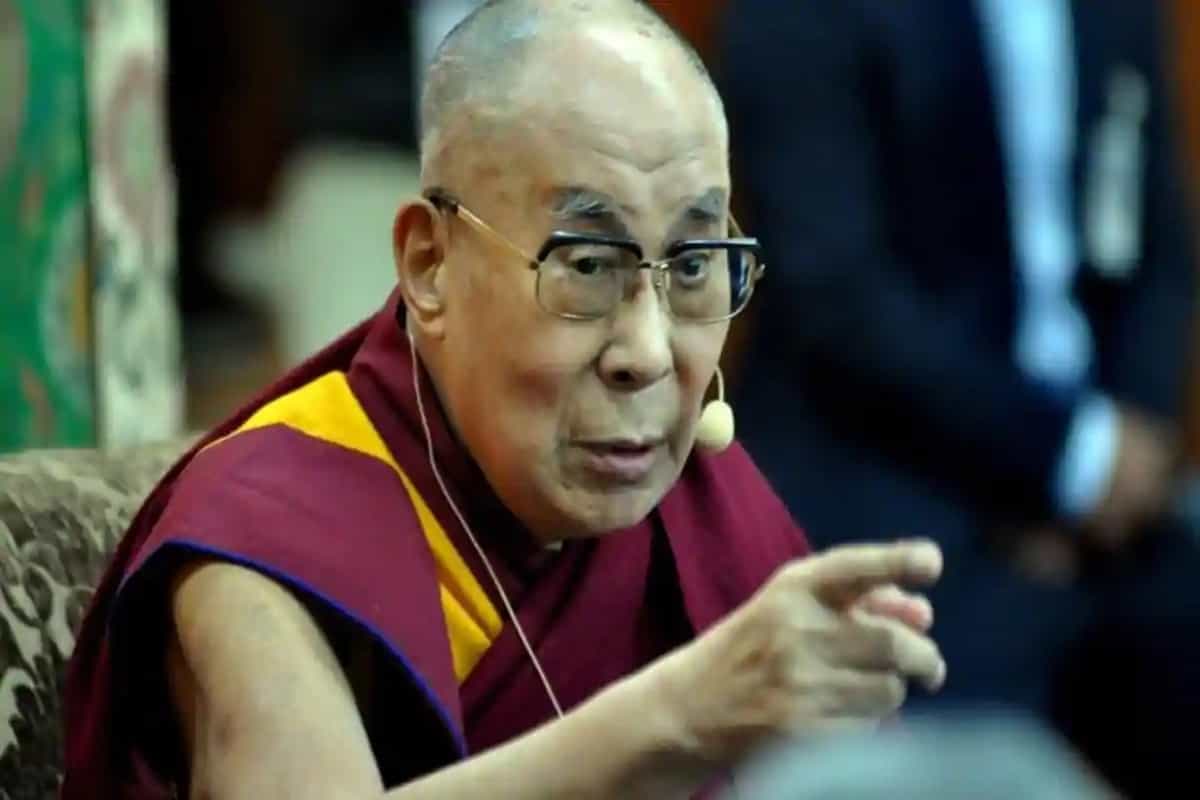The myth of India’s Tibet card is finally shattered with the rare recognition of a secretive Indian military force with Tibetan soldiers called Special Frontier Force (SFF). The public display of solidarity during the Tibetan soldier’s funeral ceremony, killed on the front lines of deadly clashes with China on 29 August, has virtually ‘revealed’ the secretive force raised by India through tons of visibility to the event. Nyima Tenzin, a Tibetan soldier from the SSF was given a funeral with full military honours, wrapped within the Tibetan flag and therefore the Tricolour, in Ladakh.
The ceremony was telecast across India and conveyed a solemn acknowledgment of the role ethnic Tibetans, descendants of these who sought refuge in India after China invaded and occupied Tibet in 1950, have played in India’s elite SFF border units.
The event was more significant was the suggestion that India questioned China’s sovereignty over Tibet, a red line for China. There was no response from the govt if the publicity for the funeral was a policy shift or a sign to China that their current border standoffs at eastern Ladakh might be extended across the Himalayas, a strategic ace up the sleeve some analysts ask as India’s Tibet card.
According to Jayadeva Ranade, a retired official of the external intelligence Research and Analysis Wing (RAW), “the recognition may be a clear message to China that your countrymen are fighting alongside us.”
“I don’t remember this force being acknowledged like this earlier,” added Ranade, who heads the Centre of China Analysis and Strategy, a search group in New Delhi .
ALSO WATCH | Message to China as Tibetan soldier killed at LAC gets public funeral|ALSO WATCH | Message to China as Tibetan soldier killed at LAC gets public funeral
India has been reticent about the nation’s secretive SFF forces and their ethnic make-up. But the SFF is a component of the RAW, India’s external intelligence . But when it’s deployed with the military , it’s under the military’s operational control. However, the military prefers to stay the connection covert . Akin to the US Special Forces , every member is trained as a para-commando and operates undercover in conjunction with the Indian military. In fact, the US Central intelligence (CIA) helped India train Tibetan refugees to become a part of a special force, the forerunner to today’s SFF, after the 1962 war.
The SFF and its Tibetan fighters have a valiant fighting record for India. The SFF played an important role during the Bangladesh Liberation Movement that helped defeat Pakistan in 1971 and make Bangladesh. SFF fighters also contributed to the 1999 war that dislodged Pakistani forces who had occupied heights in western Ladakh’s Kargil.
Even though the Indian government hasn’t formally acknowledged the Tibetan forces, the open support for the unit has aroused emotional appeal among the Tibetan-in-exile community who aspire to ascertain Tibet as an independent nation.
According to Gonpo Dhundup, President of the Tibetan Youth Congress, a body that has more 30,000 members and is fighting for the region’s freedom acknowledged “I strongly feel that the younger generation will join the SFF in larger numbers because the event has sent out a message that our contribution are going to be recognised.”
Over 100,000 Tibetans live freely in different parts of India. Tibetans in China’s Tibet Autonomous Region, however, face a high degree of state control over their lives and livelihoods, increasingly like things faced by ethnic Uighurs held in vocational camps in China’s western Xinjiang province. Over the decades, Indian leaders have avoided being seen as supporting or aligning with the explanation for Tibet, despite hosting the exiled Tibetan leader the Dalai Lama for over 60 years.
China considers the Dalai Lama , a darling of the West and Nobel Peace Prize recipient for his non-violent resistance to China’s annexation of Tibet, as an enemy of the state. But some wonder if Tibet’s peaceful resistance could begin to require a harder tack, particularly as Western powers including the US articulate new support for Tibet’s cause within the context of a wider new Cold War against China.
Analysts suggest that peaceful struggle could shift after subsequent Dalai Lama is chosen , particularly as China is predicted to aim to prop a successor chosen by it. The Dalai Lama , who has been based for many years in Dharamsala, has said any candidate handpicked by Beijing would be illegitimate. Geographically and strategically, India might be key in funnelling support to any new Tibetan resistance.
Tibetan disaffection has grown coincident with Chinese repression and made Sinicization of Tibetan-Buddhism culture, consistent with Lobsang Sangay, President of Central Tibetan Administration (CTA), who spoke recently during a webinar held on September 28. Chinese President Xi Jinping has said the steadiness of China depends on the steadiness of Tibet. As recent as 2008, China’s Central commission ranked Tibet as its most crucial sovereign challenge, before even Xinjiang and therefore the self-governing island Taiwan, said Sangay.
It’s not clear if or how India may prefer to play its Tibet card, but taboos on mentioning Tibet are breaking down. Analysts suggest New Delhi could start to lend its voice to involves Tibetan autonomy and democracy, echoing Western critics, after remaining reticent for years to avoid irking Beijing. Indeed, India is now signalling to China for the primary time in years that playing its long-held Tibet card is a minimum of a strategic possibility. Perhaps, the time has come for a serious policy change in India’s position on Tibet.





